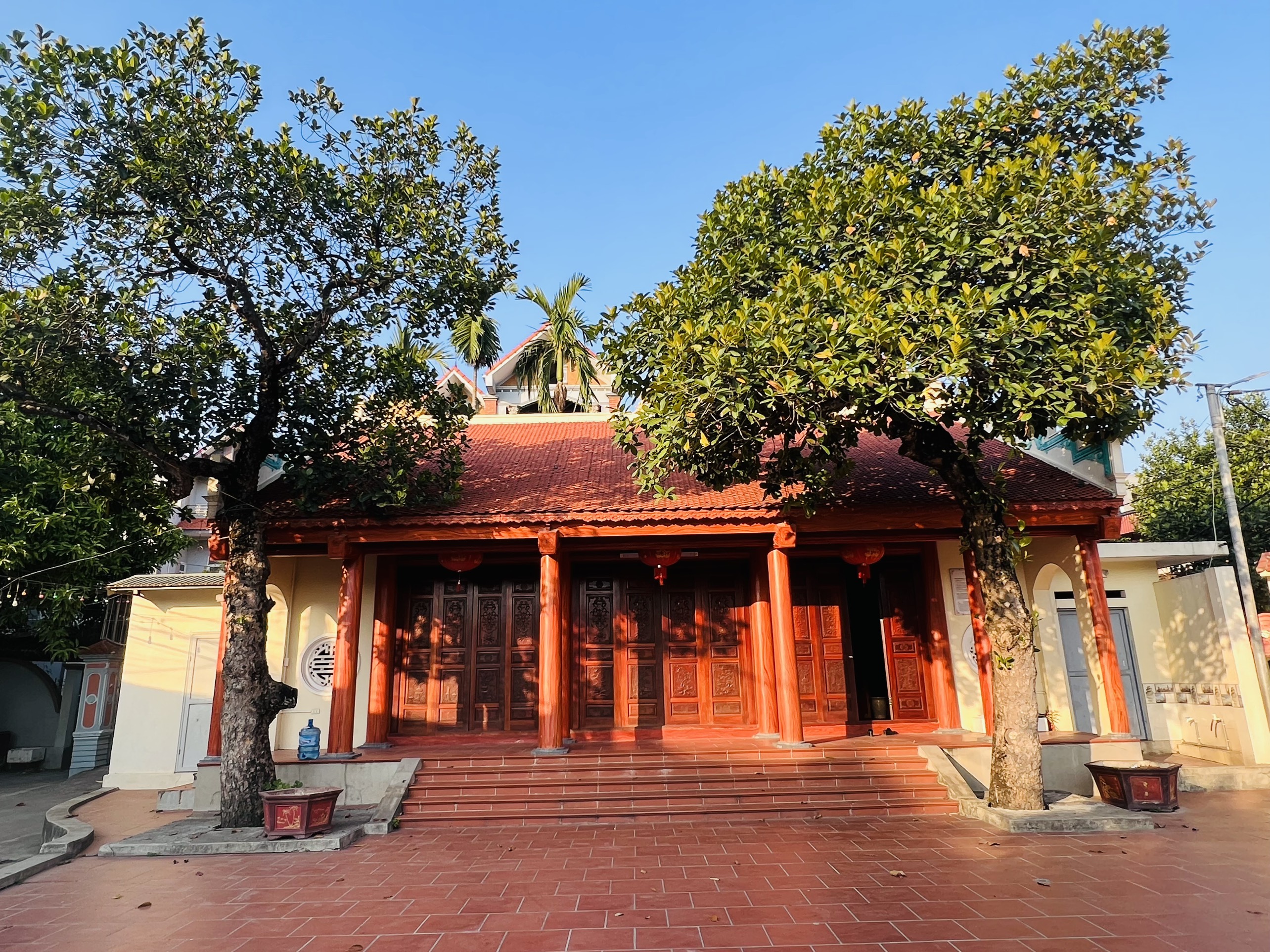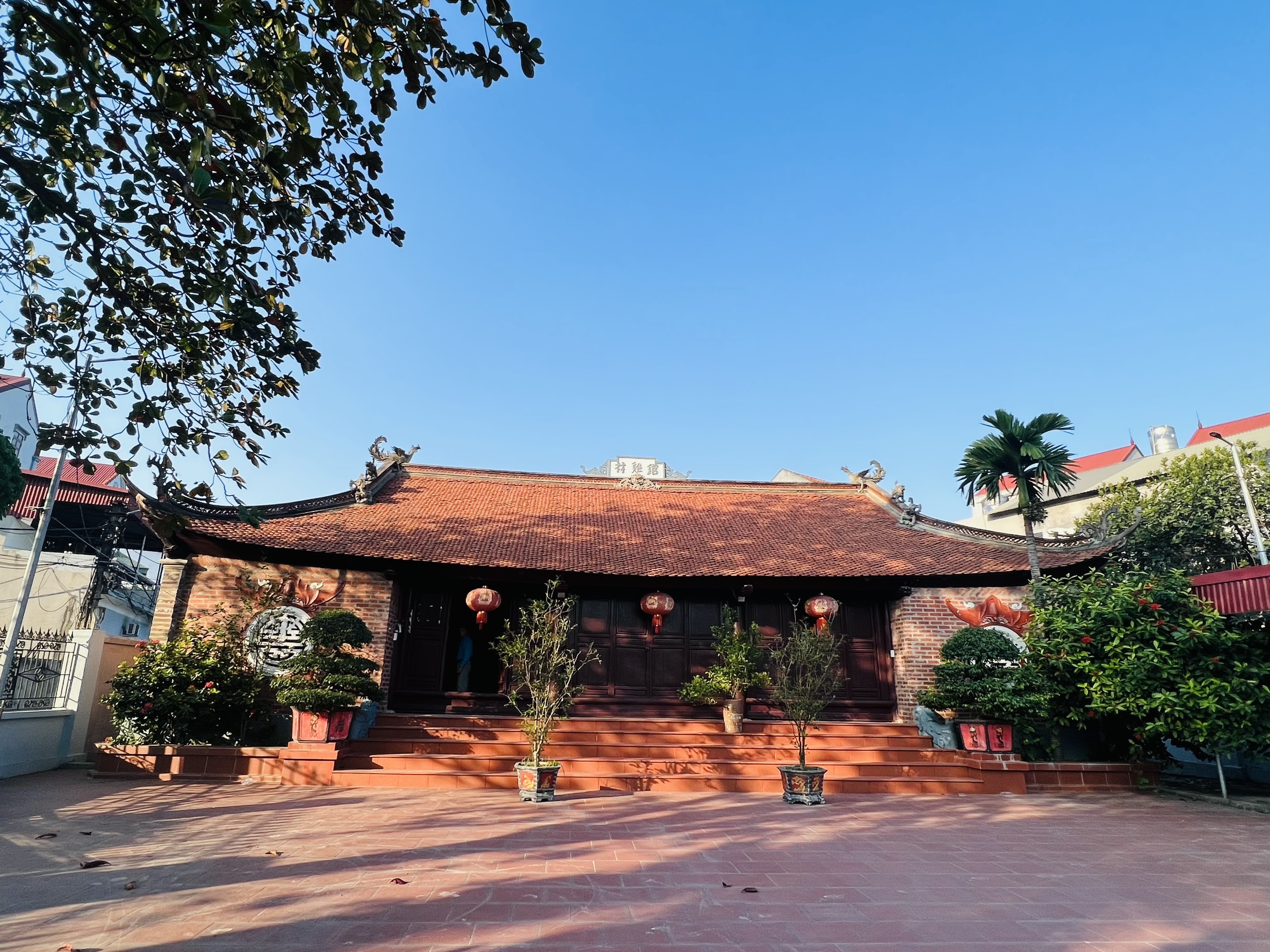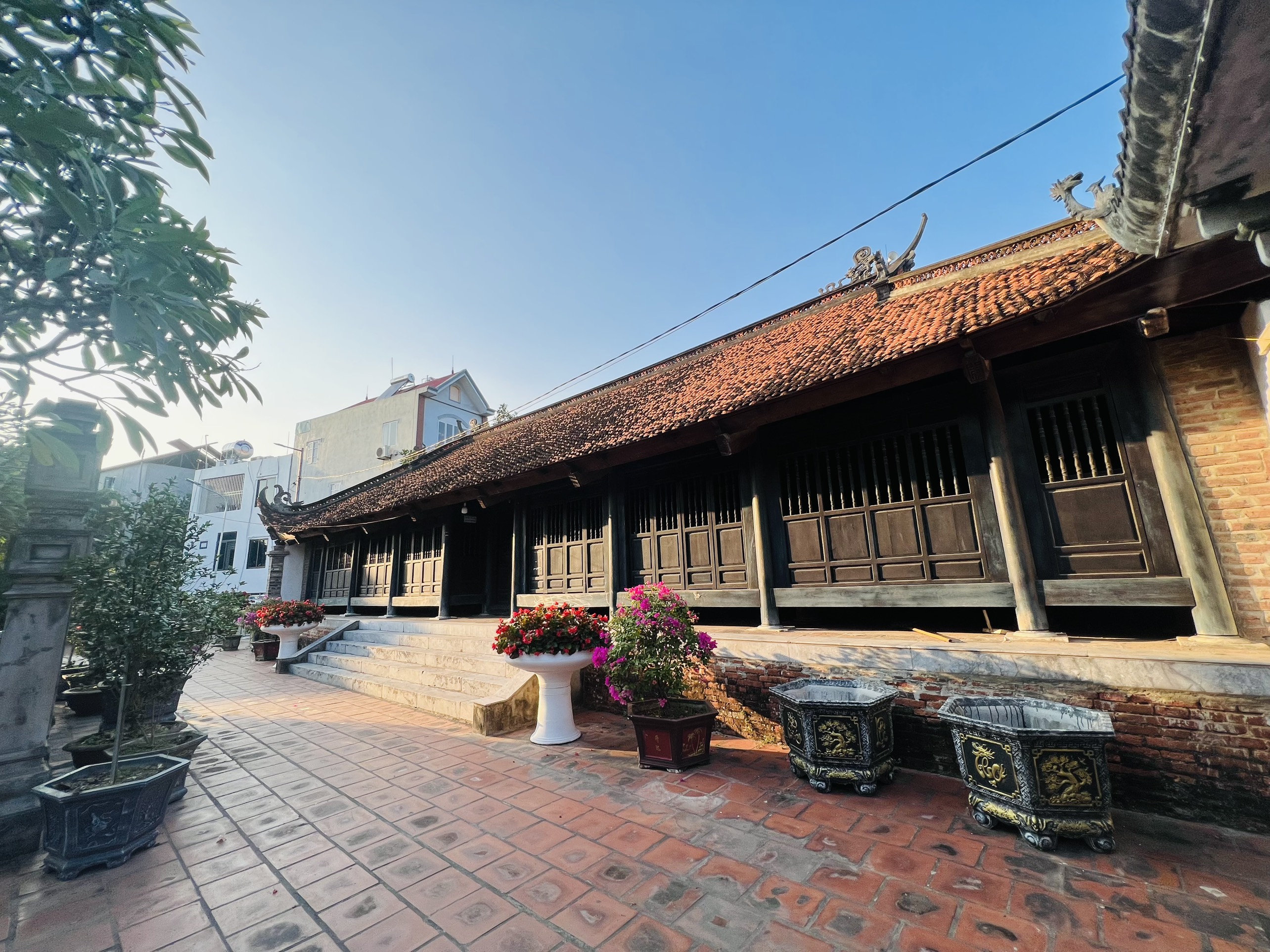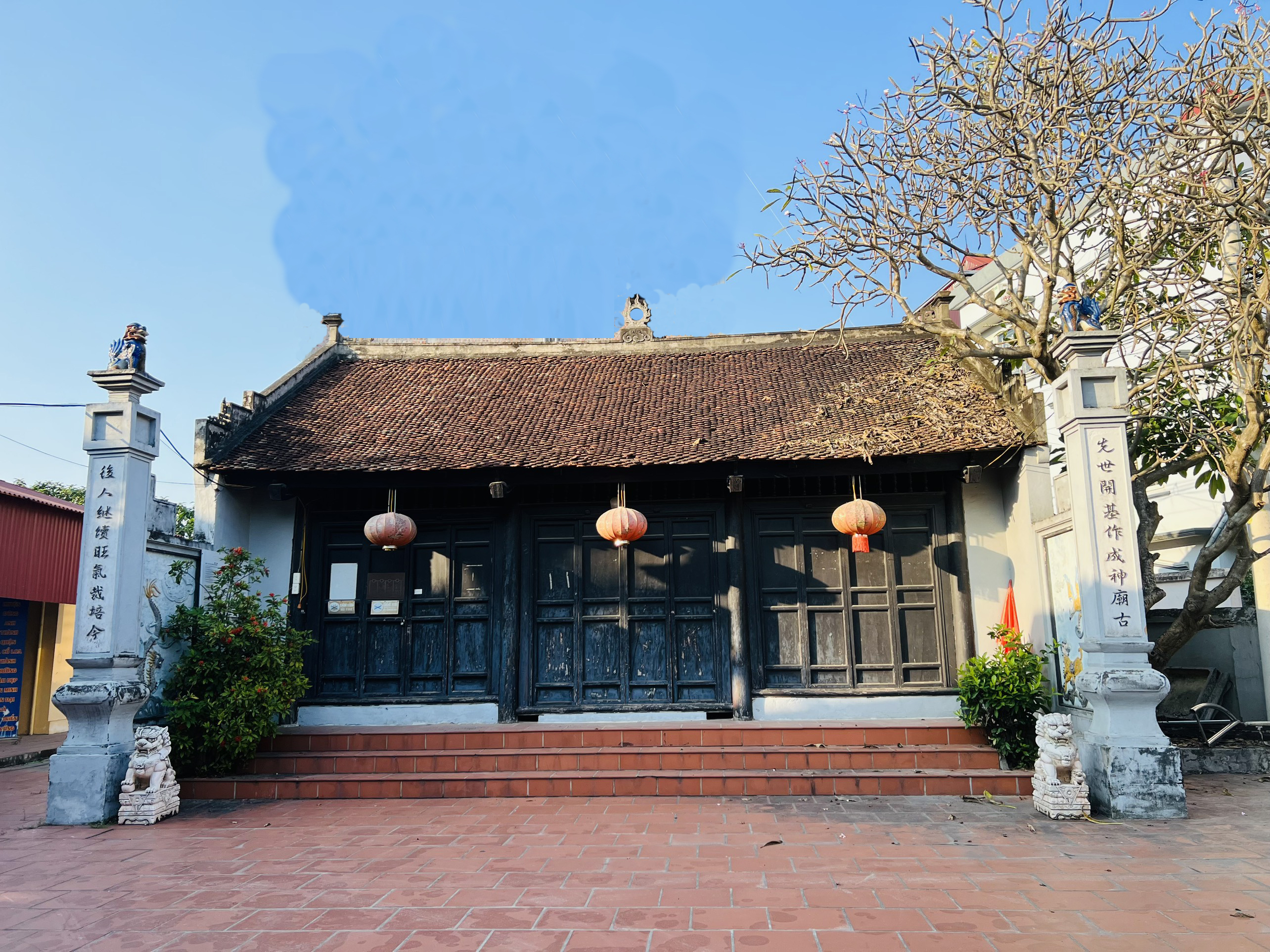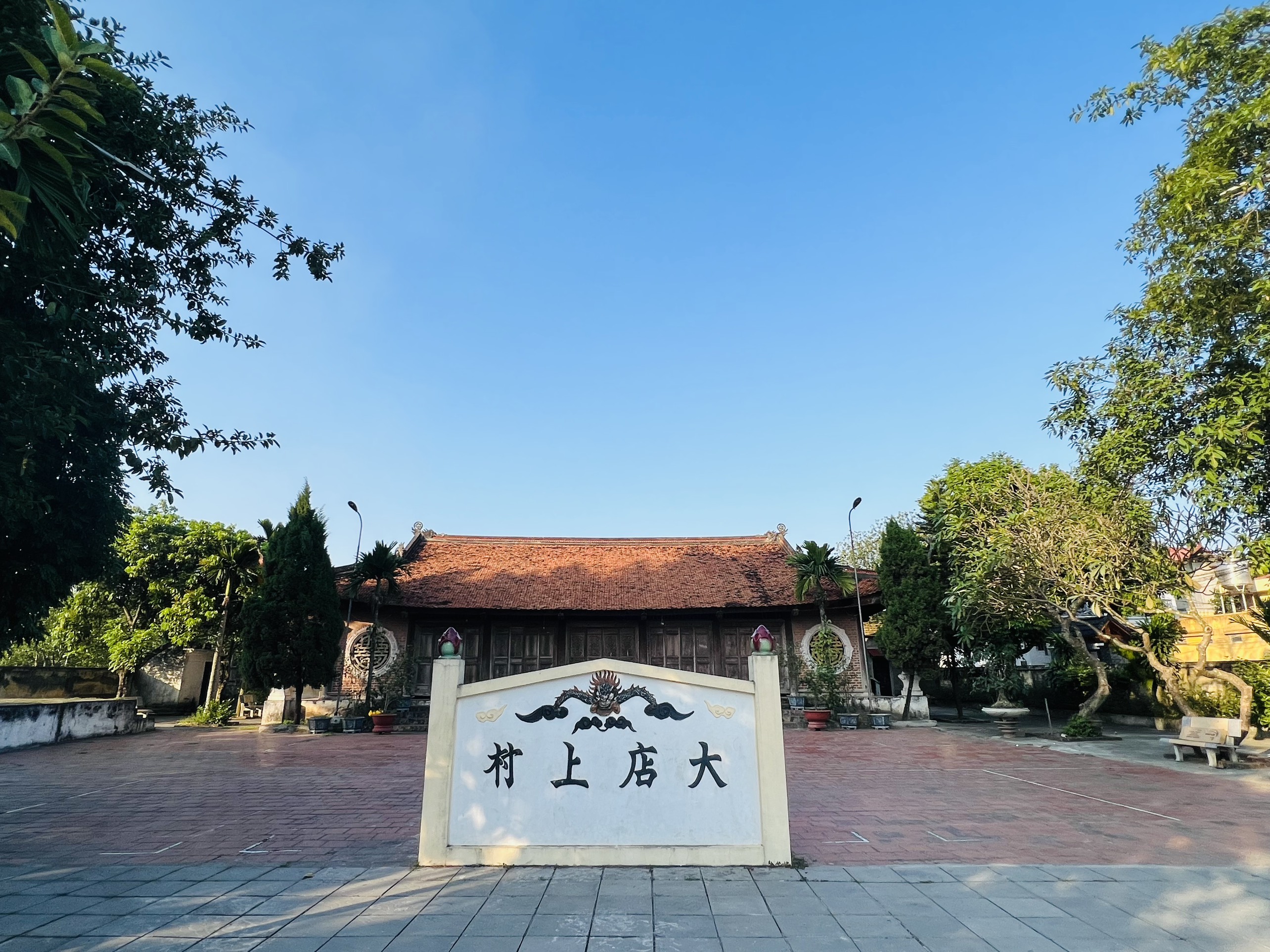
Dinh Chien is the name of a field of Lo Khe village, located in the southwest of Lo Khe village, about 5km from Dong Anh town. Lo Khe village in the past was called Lo Khe Trang, according to historical sources, this is a land with quite special natural conditions. Lo Khe land has many mounds, heaps, and terrain is divided between residential areas by many small creeks, which are said to be the footprints of the Thánh Gióng’s horse. This is one of the low-lying areas of the Red River Delta.
Location of Dinh Chien excavation pit
Dinh Chien relic was discovered by archeology department in 2001, but it was only excavated at the end of 2002 with a small area and urgent nature for many different reasons.

The first excavation lasted from August to October 2002 with a total area of 132m2.
The second excavation was conducted in December 2003 with a total area of 170m2. It is estimated that the site is distributed on the Dinh Chien field in an area of about 10,000m2.
In both excavations of Dinh Chien relic, archaeologists could not identify the cultural layer but only determined the structure of the soil layers. The exploration and excavation pits in 2002-2003 had a fairly uniform structure of soil layers.
The arable soil layer is a silver-gray alluvial layer, loose, mixed with soft sand, 0.15-0.2m thick, with almost no artifacts, under this layer is a thin layer of gray-brown soil mixed with ceramics, stone, terracotta, thickness from 0.05m-0.1m. The natural subsoil is a layer of yellow clay mixed with red-brown laterite gravel.
After the arable soil layer, at a depth of 0.18-0.2m, on the surface of all the excavation pits of the two times, a very complicated phenomenon appeared: on the surface of the natural soil layer, dark circles of soil appear, which are the mouths of black earth holes mixed with ash, stone artifacts and ceramic pieces of different sizes. At pit 02ĐCHI there are 9 holes of black soil, pit 02ĐCHI has 4 holes of black soil. At pit 03ĐCHI there are 5 black holes, pit 03 ĐCHII has 5 black holes, pit 03ĐCHIII has 11 black holes. Black soil holes are not only concentrated in the area of excavation pits but also can be observed on the adjacent field wall or on the wall of the ditch.
Local people said that in the 60s and 70s, Dinh Chien area was leveled to lower the height of the fields to keep water for rice cultivation. While bulldozing, people saw many pieces of pottery and stone axes. The archaeological cultural layer was probably excavated and used to level the ponds, lakes, and low-lying areas. This may be the reason why the cultural layer at Dinh Chien could not be identified.
Very few artifacts were found in Dinh Chien including stone relics and pottery. Dinh Chien stone artifacts are no different from stone tools of Phung Nguyen culture.
Dinh Chien pottery (material, color, manufacturing technique and type) is similar to that of the relics of the late Phung Nguyen period.
Artifacts in the two excavations include:
- Stoneware: 332 artifacts (32 axes, 1 chisel, 127 grinding stones, 18 rings, 2 stone claws, 3 ring cores, 7 tool pieces and 129 pieces of raw stone...).
- Pottery: 41 artifacts (1 piece of pottery used for spinning thread, 18 ceramic balls, 2 vases, 1 pot, 2 bowls, 2 high leg bowls, 18 pieces of pig-leg-shaped ceramic...), 1,850 pieces of terracotta and 28,728 pieces of pottery of all kinds.
In the black soil holes, there is the phenomenon of burning pottery, mixed with coal ash and many terracotta lumps, found artifacts include stone tools, tool scraps, stone jewelry, ceramic balls, ceramic feets and many ceramic fragments. Some other black soil holes found large pots tilted or upside down that could be restored. Compared with the first excavation and the results of the excavation of the Gò Hội site, those who excavated Dinh Chien for the second time gave the opinion that the black soil holes was a type of burial of the Phung Nguyên culture. This allows us to confirm that Dinh Chien is an archaeological site belonging to the Phung Nguyen culture of Hanoi.
MANAGEMENT DEPARTMENT OF CO LOA VESTIGE SITE
